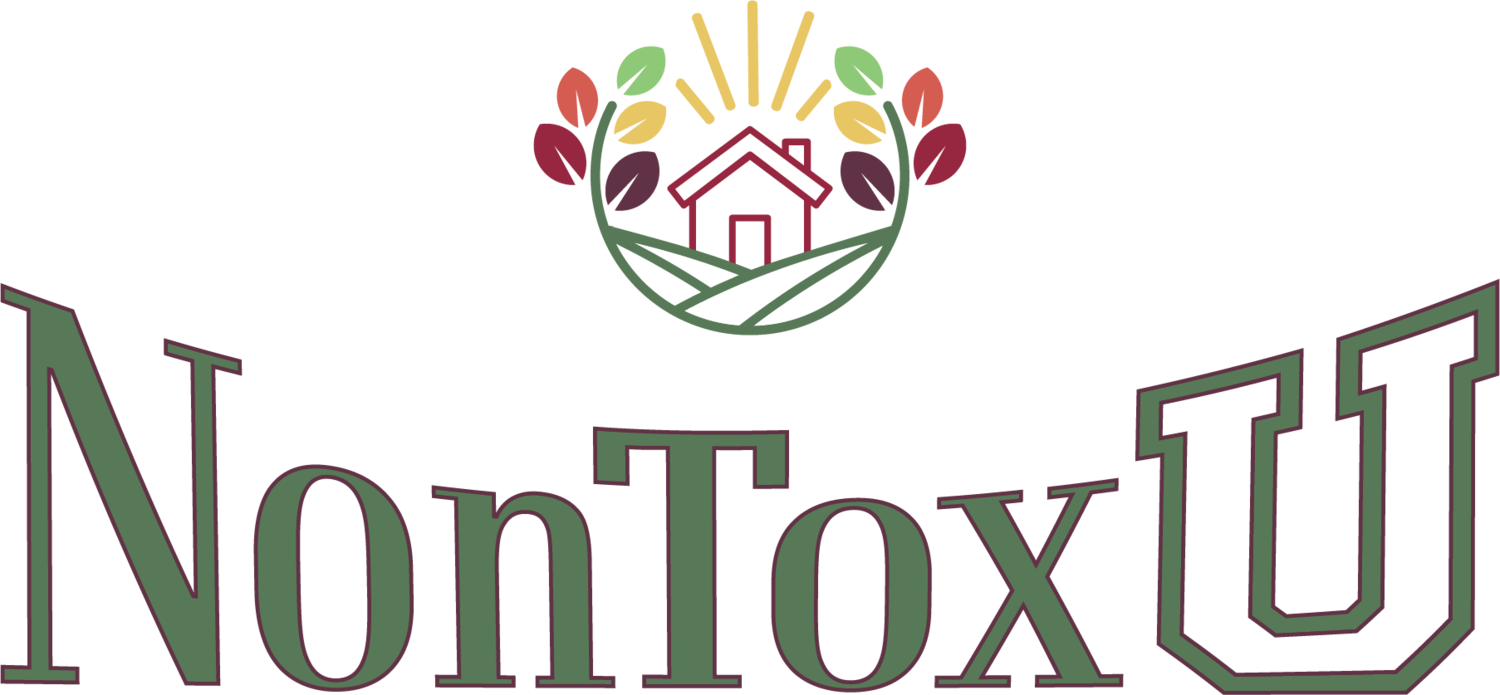Natural Clothing “Exclusive of Decorations” and the Toxicity of Dyes
July 8, 2013, by Debra Lynn Dadd
Question from Stacey
I am trying to find cheaper, post-baby, all natural clothing to wear, some to exercise in. It's not easy to find all cotton work-out clothing, but Champion does make cotton clothing that is pretty cheap (esp. on sale). However, it is 100% cotton "exclusive of decoration." I assume this "decoration" to be the small "C" embroidery on the clothing items. Is this still okay to wear? How do you know if dyes used in cotton clothing are safe? I thought I read that some clothing (Gymboree) had some levels of cobalt...
Thanks!
Debra's Answer
There's a legal definition of "decoration" that is stated in the Textile Fiber Products Identification Act 16 CFR 303.
As for the dyes, there are so many types of dyes used, it would be difficult to identify them.
Updated 2020: Read more here about chemicals in clothing including dyes.
The materials used for decorations do not need to be disclosed on the label if they do not account for more than 15% of the total surface area of the garment. Here is more detail on the requirements:
The FTC (Federal Trade Commission) Textile Labelling Requirements.
“Various forms of trim incorporated into clothing and other textiles are excluded from the labeling requirements. Trim includes collars, cuffs, braiding, waist or wrist bands, rick-rack, tape, belting, binding, labels, leg bands, gussets, gores, welts, findings and superimposed hosiery garters.
Findings include:
elastic materials and threads added to a garment in minor proportion for structural purposes; and
elastic material that is part of the basic fabric from which a product is made, if the elastic doesn’t exceed 20% of the surface area. In this case, the required fiber content information should be followed by the statement “exclusive of elastic.”
Other trimmings exempt from labeling requirements are:
decorative trim applied by embroidery, overlay, applique or attachment
decorative patterns or designs that are an integral part of the fabric
as long as the decoration does not exceed 15% of the surface area of the item. If no representation is made about the fiber content of the decoration, the fiber content disclosure should be followed by the statement “exclusive of decoration.”
Note: Collars and cuffs, whether decorated or not, are exempt from fiber content disclosure, so any decoration on collars and cuffs does not count toward the 15%.
If decorative trim or designs exceed 15% of the surface area of the product and are made of a different fiber from the base fabric, the fiber of the decoration must be disclosed on the label as a sectional disclosure. If the decorative trim does not exceed 15%, but information about its content is referenced somewhere, the fiber of the decoration also must appear on the label.”
These are archives of Q&A asked by readers and answered by Debra Lynn Dadd (from 2005-2019) or Lisa Powers (from 2019-2020). Answers have been edited and updated as of December, 2020.
